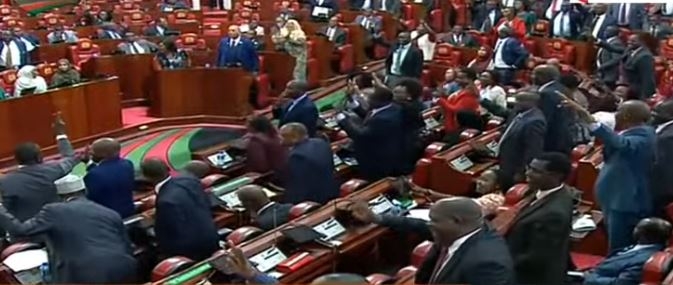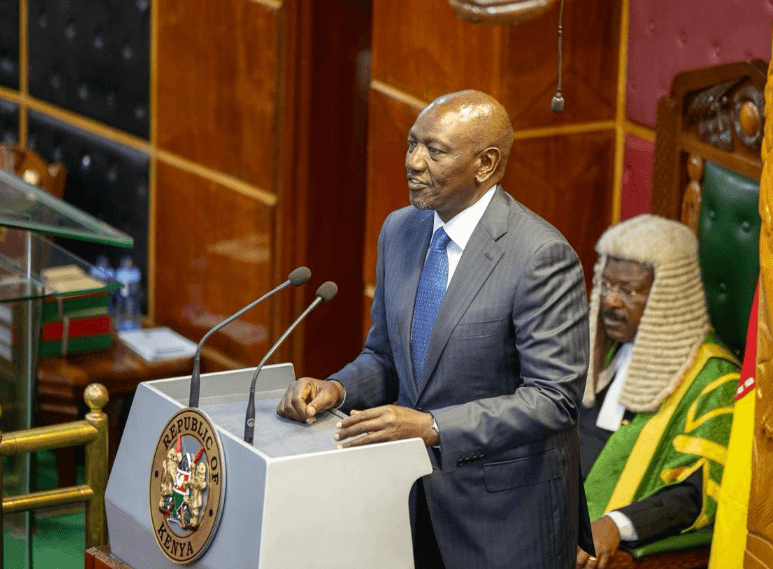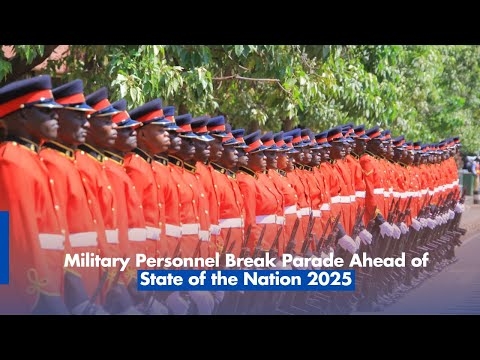The China-built Standard Gauge Railway running from Mombasa to Naivasha has proven its utility as a national security critical infrastructure during good and bad times.
As Kenya prepares to mark the seventh anniversary of the SGR, the investment has particularly come in handy for the country during periods of disasters like the current floods sweeping various parts of Kenya.
Since the commissioning of the Madaraka Express Passenger Services between Mombasa and Nairobi on May 31, 2027, the SGR has become a preferred means of transport for travellers. After sections of key road infrastructure were either swept away or blocked by raging waters between the two cities, many people turned to the SGR. As schools reopened across the country last week, the SGR remained the preferred mode of transport for children and guardians.
The railway’s importance became clear during the Covid-19 pandemic when Kenya had to rely on the facility to transport critical medicines, equipment and other therapeutics needed in the fight against the global pandemic. The SGR also proved useful in transporting industrial products destined for Kenya and the neighbouring countries that also rely on it for exports.
SGR’s efficiency, affordability, speed and safety are key selling points for travellers. Between May 2017 and June 2023, the SGR had ferried over 11,550,000 passengers, according to the operator.
Cargo transporters have also lauded its predictability and safety, and for reducing congestion at the Mombasa port. Kenya Railways Corporation is reporting a growing client portfolio keen on leveraging the SGR to move their cargo within and beyond the borders of Kenya. Over 28.609 million tonnes of goods had been hauled by the SGR by June 2023.
The railway line has also become a magnet for tourists who crave the beauty of Kenya’s landscapes, wildlife and cultural diversity along its route. Economic activities have also increased along the SGR, raising prospects for gross domestic product contribution of 1.5 per cent to the country’s economy.
Built with Chinese technology, the engineering design and construction feat of the SGR has seen the railway withstand adverse weather effects and provide essential services during Kenya’s uncomfortable periods.
Had the SGR reached the Western border with Uganda, as envisaged during conceptualisation, more Kenyans would have found respite from nature-based disasters such as floods. Many roads linking Nairobi to the western part of Kenya have been affected by stormwaters, making travel a challenge.
Around the world, railways are built not for profit maximisation but to facilitate businesses, industries and improve the overall well-being of citizens. This fact appears to have nudged the East African Community member states to band together and seek ways of extending the SGR beyond Kenya.
Earlier this month, Rwanda, Burundi, the Democratic Republic of Congo and South Sudan joined the SGR Cluster Joint Ministerial Committee spearheaded by Kenya and Uganda. The decision is evidence of the regional political goodwill to collectively invest in a comprehensive railway transport system.
Such a system would anchor the economic regeneration of the EAC, which is now the most economically integrated of the five regional economic blocs under the African Union.
Kenya-China development partnership under infrastructure modernisation provided both impetus and inspiration to do more and deliver value for both sides. The SGR story goes beyond transport facilitation.
Kenya is today a hub of rail technology and expertise. Delegations from neighbouring countries have paid a visit to Nairobi to learn about infrastructure upgrading programmes, including new models such as public-private partnerships.
With collective responsibility and decisionmaking, EAC countries should intensify their search for responsive partners, including Beijing, in the endeavour to move the SGR beyond Naivasha.
The SGR was conceived within the framework of the East African Railway Masterplan. Regional cooperation is therefore imperative to the successful and complete implementation of the project.
Scholar of international relations. @Cavinceworld






![[PHOTOS] Betty Bayo laid to rest in Kiambu](/_next/image?url=https%3A%2F%2Fcdn.radioafrica.digital%2Fimage%2F2025%2F11%2F3b166e2e-d964-4503-8096-6b954dee1bd0.jpg&w=3840&q=100)







![[PHOTOS]Goons vandalise Nargis Restaurant in Westlands](/_next/image?url=https%3A%2F%2Fcdn.radioafrica.digital%2Fimage%2F2025%2F11%2Fa1c98f6c-2b1d-4b50-b112-1def4d93a193.jpeg&w=3840&q=100)

